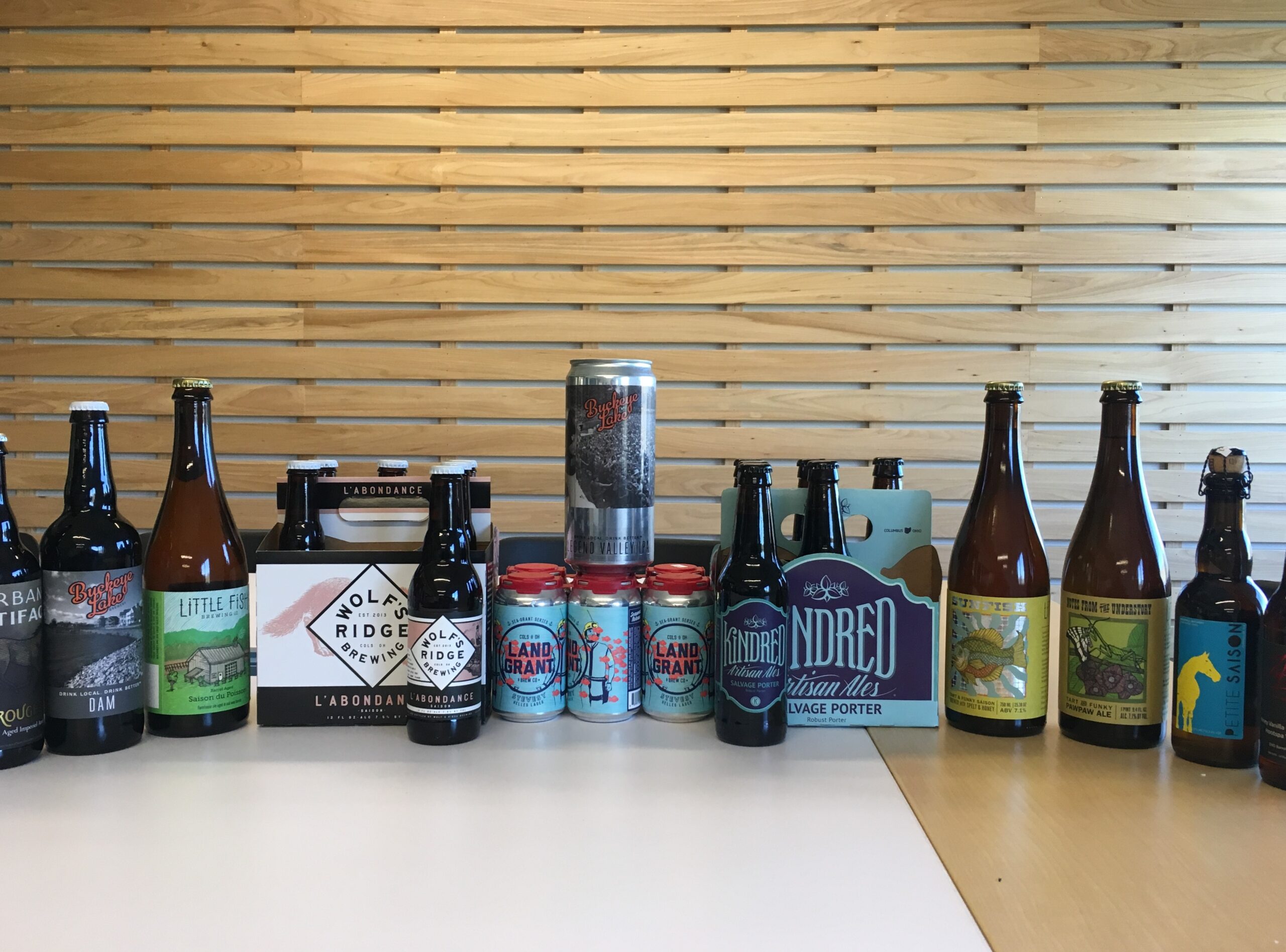Seawall Bar: Enjoy Drinks with Stunning Ocean Sights in Galveston
Seawall Bar: Enjoy Drinks with Stunning Ocean Sights in Galveston
Blog Article
Distilleries Demystified: A Total Breakdown of the Manufacturing Process
In the realm of spirits production, distilleries offer as the enigmatic centers where raw components are changed into intricate and nuanced elixirs. The procedure of distillation is a meticulous craft that intertwines science, practice, and artistry to yield the spirits we have come to value.
Background of Distilling
These old societies utilized crude forms of distillation to produce perfumes, medicines, and also alcoholic beverages. They spearheaded the use of distillation for the manufacturing of spirits like brandy and scotch, laying the foundation for the distilling methods we see today.
The distilling procedure continued to proceed with the centuries, with the improvement of strategies and the intro of brand-new innovations. The Industrial Revolution marked a substantial turning factor, as developments such as the column still changed mass production and performance in distilleries. This era saw the increase of legendary spirits brands that have actually become household names worldwide. Today, the art of distilling has actually transformed right into an advanced sector, mixing custom with development to satisfy the needs of a critical global market.
Raw Material Option

When picking raw materials, distillers need to consider the sugar web content, starch conversion capacity, and any kind of impurities present, as these variables straight influence the fermentation and distillation processes. As an example, in whiskey manufacturing, the choice between different kinds of grains like corn, barley, rye, or wheat will lead to distinct flavor accounts. Furthermore, the top quality and quality of the raw products can influence the efficiency of fermentation and eventually influence the purity and complexity of the last spirit.
Fermentation Refine
During the fermentation procedure in distilleries, sugars from the raw materials are transformed right into alcohol by yeast via a natural chemical response. The fermentation procedure is carefully monitored to make certain ideal conditions for yeast activity, such as keeping the right temperature level and pH degrees.
Fermentation times can vary depending on the details distillery and the type of alcohol being generated. As soon as fermentation is total, the resulting fluid, recognized as the "laundry" or "beer," is after that prepared to continue to the purification stage, where alcohol focus is even more raised with the splitting up of components based on their boiling factors.
Purification Techniques
Adhering to the completion of the fermentation process, distilleries use a variety of distillation strategies to further concentrate alcohol content and fine-tune the taste profile go of the liquid. Purification is the procedure of separating alcohol from water and other parts in the fermented fluid via cooling and heating. One typical method is pot purification, where the fluid is heated in a pot still, enabling the alcohol to evaporate and after that condense back right into liquid type. This technique is recognized for generating full-bodied and rich spirits.
Another widely used strategy is column purification, which includes several distillation stages in high columns. This approach is favored for its effectiveness in creating high-proof alcohol and is frequently utilized in producing vodka and various other neutral spirits. In addition, fractional distillation is a more polished kind of column distillation that enables accurate separation of various elements based upon their boiling factors, causing incredibly pure spirits. Eventually, the option of distillation method substantially influences the characteristics and top quality of the last spirit produced.
Maturation and Bottling
Upon reaching the desired degree of flavor advancement and complexity, distilled spirits go through maturation prior to being bottled for intake. Seawall Bar. Maturation is an essential stage where the spirits are matured in barrels or barrels made from various products like oak, which conveys distinctive flavors and features to the liquid. Throughout this period, the spirits communicate with the timber, allowing them to mellow, establish brand-new flavors, and enhance their general intricacy

The duration of maturation varies relying on the kind of spirit being created and the desired end item. Spirits such as whiskey, rum, and brandy commonly need years of growth to reach their optimal preference profile. Throughout this procedure, ecological aspects like temperature changes can additionally influence the maturation procedure, influencing the final taste of the spirit.
Once the spirits have grown to perfection, they are all set to be bottled. Bottling includes filtering system the spirits to remove any kind of remaining pollutants, readjusting the alcohol material if essential, and finally, product packaging the fluid in containers or bottles ideal for distribution and usage. The bottling phase stands for the culmination of the distillation procedure, where the carefully crafted spirits exist to customers for their enjoyment.
Final Thought
In verdict, the purification procedure entails selecting basic materials, fermenting them, and utilizing numerous techniques to distill the fluid. Maturation and bottling are essential action click here for info in generating top notch spirits. Comprehending the history and details of distilling sheds light on the complexity and artistry associated with producing distilled drinks. By adhering to these actions, distilleries can create a wide variety of spirits with special tastes and attributes.
The process of purification is a meticulous craft that intertwines practice, virtuosity, and scientific research to yield the spirits we have come to value.The option of raw products is a vital element of the distilling procedure, affecting the my link high quality and flavor account of the last spirits created. In addition, fractional distillation is a more polished type of column distillation that allows for specific splitting up of different parts based on their boiling factors, resulting in remarkably pure spirits. Throughout this procedure, environmental factors like temperature level variations can likewise affect the maturation procedure, affecting the last flavor of the spirit.
The bottling phase represents the end result of the distillation procedure, where the thoroughly crafted spirits are presented to customers for their enjoyment.
Report this page